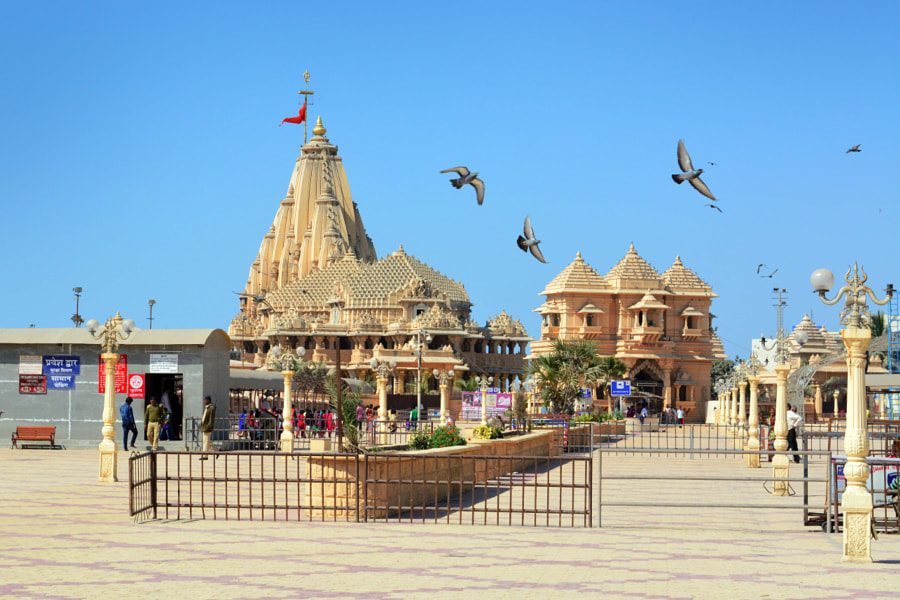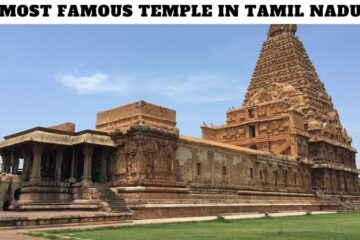
According to Firishta, a Persian historian who lived in the 17th century, Sultan Mahmud of Ghazni’s army looted 200 mans of gold, or about 6.25 tons, from the Somnath temple in 1026 AD. This is a huge amount of wealth, and it is estimated to be worth about $200 million in today’s dollars. The loot from the temple helped to finance Mahmud’s military campaigns and helped to make him one of the wealthiest rulers in the world. Firishta also states that the army looted a huge bell that hung from the top of the temple, and that they also looted many other valuable items such as jewels, statues, and other artifacts. The destruction of the Somnath temple was a major blow to Indian culture and heritage.
The Somnath temple was one of the most important temples in India, and it was considered to be one of the holiest places in Hinduism. The temple was built in the 8th century AD, and it was destroyed by Mahmud of Ghazni’s army in 1026 AD. The temple was rebuilt several times over the years, but it was never able to regain its former glory. The destruction of the Somnath temple is a reminder of the destructive power of invasion and war. It is also a reminder of the importance of preserving cultural heritage.
The Somnath temple is located in the Indian state of Gujarat. The temple is dedicated to the Hindu god Shiva. The temple is one of the most important Hindu pilgrimage sites in India. The temple is also a major tourist destination. The Somnath temple is a beautiful and inspiring example of Hindu architecture. The temple is a reminder of the rich cultural heritage of India.


